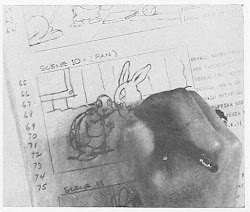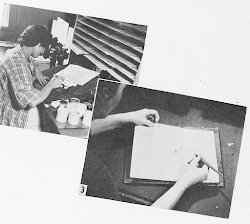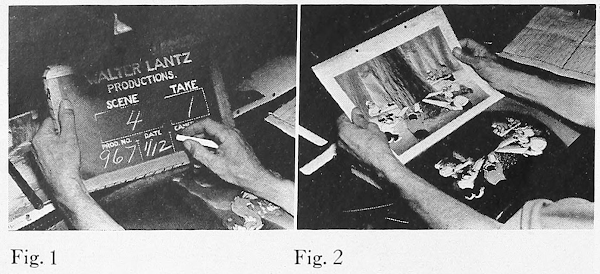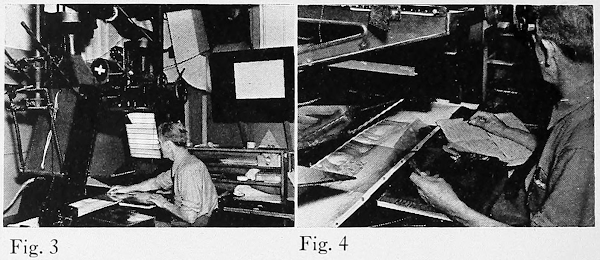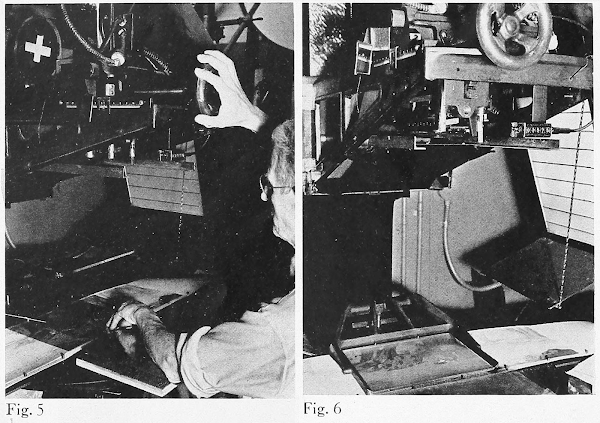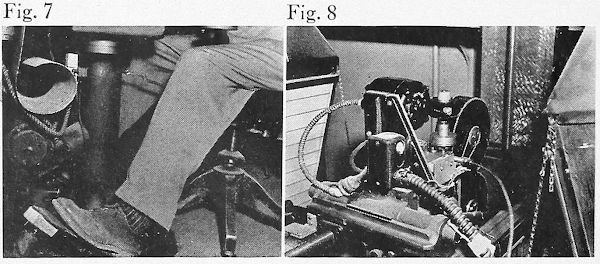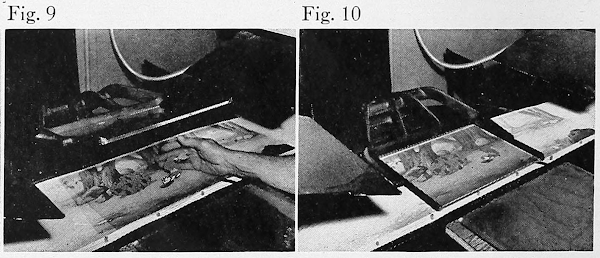 It would appear the only time Art Gilmore’s radio broadcasting was silenced was because of clumsiness.
It would appear the only time Art Gilmore’s radio broadcasting was silenced was because of clumsiness.
This is before the days of announcing for Red Skelton, Amos ‘n’ Andy and Doctor Christian, before narrating the opening on Highway Patrol, before recording children’s 45s and 78s that were turned into Mel-O-Toons, before turning into a villain intent on bumping off Joe McDoakes in the Warners short So You Want Be a Detective, before Dudley Pictures hired him to be the voice of industrial films, before hyping the thrills and chills of countless movies in theatre trailers.
This is when he was a ham radio announcer with the call letters W7MR, and was about to get into the insurance business in Tacoma. He bought an 80-metre crystal to control his transmitter. Before he was able to install it, he dropped it on the floor, where it turned in ten pieces. No matter. His love of radio became a career, first at KVI in Tacoma in 1934 (where he also sang), then eventually at KNX in Hollywood in October 1936. He was one of the original announcers at Columbia Square when CBS opened it in 1938.
Gilmore decided to freelance in 1941, served a hitch in the navy as a lieutenant, then returned to civilian life after the war to continue a broadcasting career we’ve barely touched on above. He emceed public events. He served as president of AFTRA (members struck against KFWB during his tenure). He was the founding president of the Pacific Pioneer Broadcasters. Daily, he introduced the Ambassador College religious show The World Tomorrow.
How did he have time for all this?
Gilmore died in 2010 and his Los Angeles Times obituary was published in newspapers across the U.S. Here’s a much earlier profile, from the Hollywood Citizen-News of January 20, 1958.
Busy Schedule For Art Gilmore
By ARLENE GARBER
Being the announcer for “Climax," “Shower of Stars,” “Highway Patrol,” “Men of Annapolis," the Red Skelton Show, plus narrating numerous motion picture features, short-subjects, children's albums for Capitol Records, narrator for the “Laymen's Hour” on KABC-Radio, acting in dramatic productions and singing at civic affairs might be more than some announcers could handle. But Art Gilmore who does all that, is taking on another task Feb. 24 when he becomes the commercial host for General Petroleum on CBS-TV’s “Track-down" series.
All this is possible, because according to Gilmore, he gave up being a staff announcer at CBS-KNX radio after the war to become a free lance man at the microphone.
He explained it like this, “Free lancing is a gamble, but it is far more stimulating than being a staff announcer. And most important, there is less chance that you will get into a rut taking the jobs as they come.”
Twenty-five years ago he was a singer. After working as a singing announcer he decided to give up being a vocalist as profession. He said, “I had sung for money but the money wasn't good. I got tired of sitting around for eight hours at a studio, just so I could go on to sing four bars of music.”
He admits to having luck in getting many of his first free lance jobs.
A DECISION
“You come to that Y in the road,” he told us, “when you have to make a decision. I took announcing, but when I was 40 years old I started looking around for a good vocal teacher, just to keep in practice. And the strange thing is that all these jobs that have come to me came after I started taking singing lessons.”
Now he does moot of his singing in the bathtub, on tape where he can erase it, and at a few civic or religious affairs.
Among the great radio voices admires are those of Art Baker and Ted Husing, for sports. Of Baker he commented, “He is an excellent performer in anything he does.”
It was because this same Art Baker had laryngitis years ago on a radio show, “All Aboard,” that Gilmore got his first chance to “warm up” a studio audience before the show went on the air and had to be he impromptu host for the program.
Two of Gilmore’s first lucky breaks were being selected announcer for the radio shows, "Red Ryder” which was on the air nine years and for “Dr. Christian,” which continued for 16 years.
When asked who his favorite disc jockey was, Gilmore said, "Someone like Dick Whittinghill. He just seems to bubble over with enthusiasm and has interesting things to say. It's enthusiasm that is the basic quality of all selling.”
When he finds free time, and he claims that he does very often, he likes to get busy in his workshop or take his family, wife and two daughters, sailing on their 30-foot cruiser.
Here’s an example of Gilmore on camera. I’d have to do research on why a Valiant is parked on the warning path of a ball park. Someone should take a shillelagh to the actor with the lame Irish accent. It’s bad enough some whiz-bangs at a copy department someone came up with the idea to name him “Pat.”





















